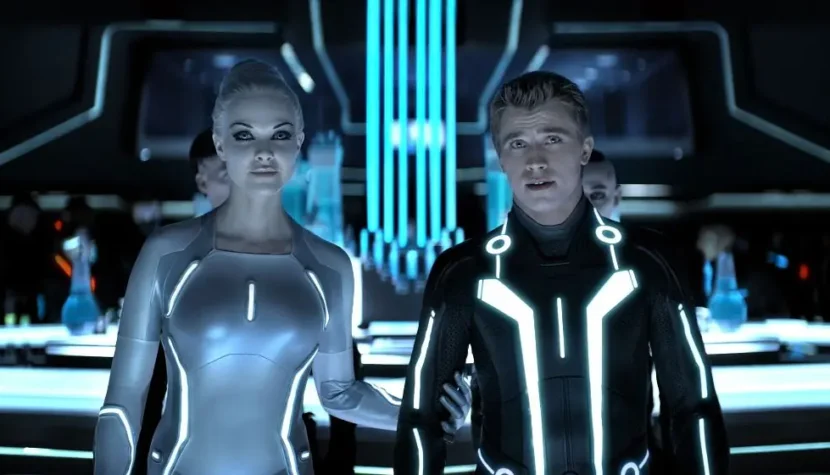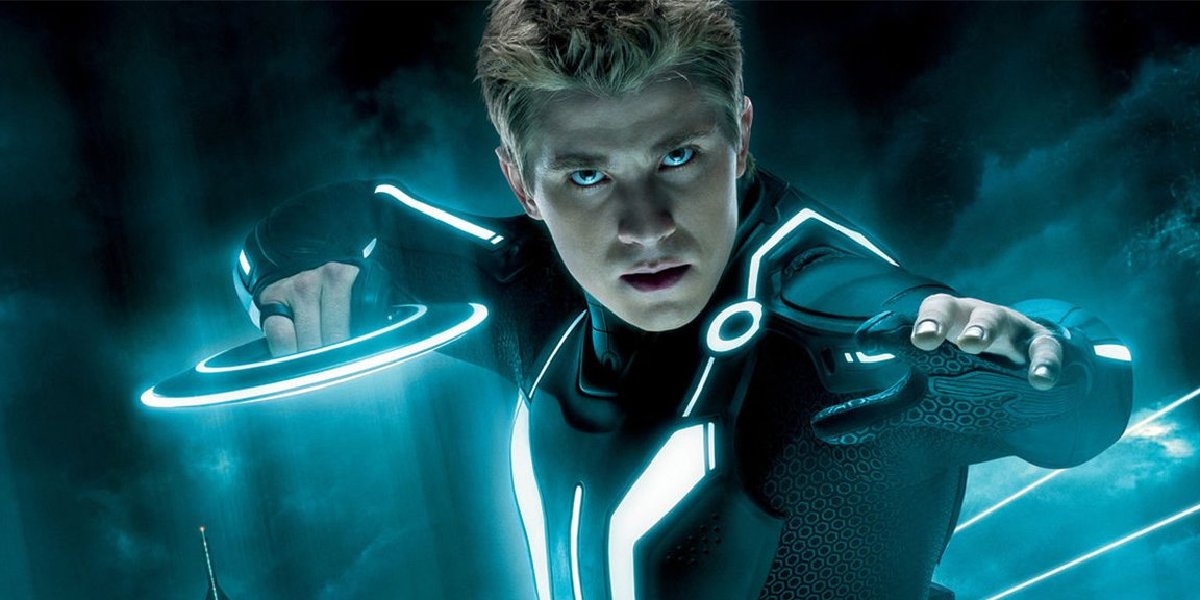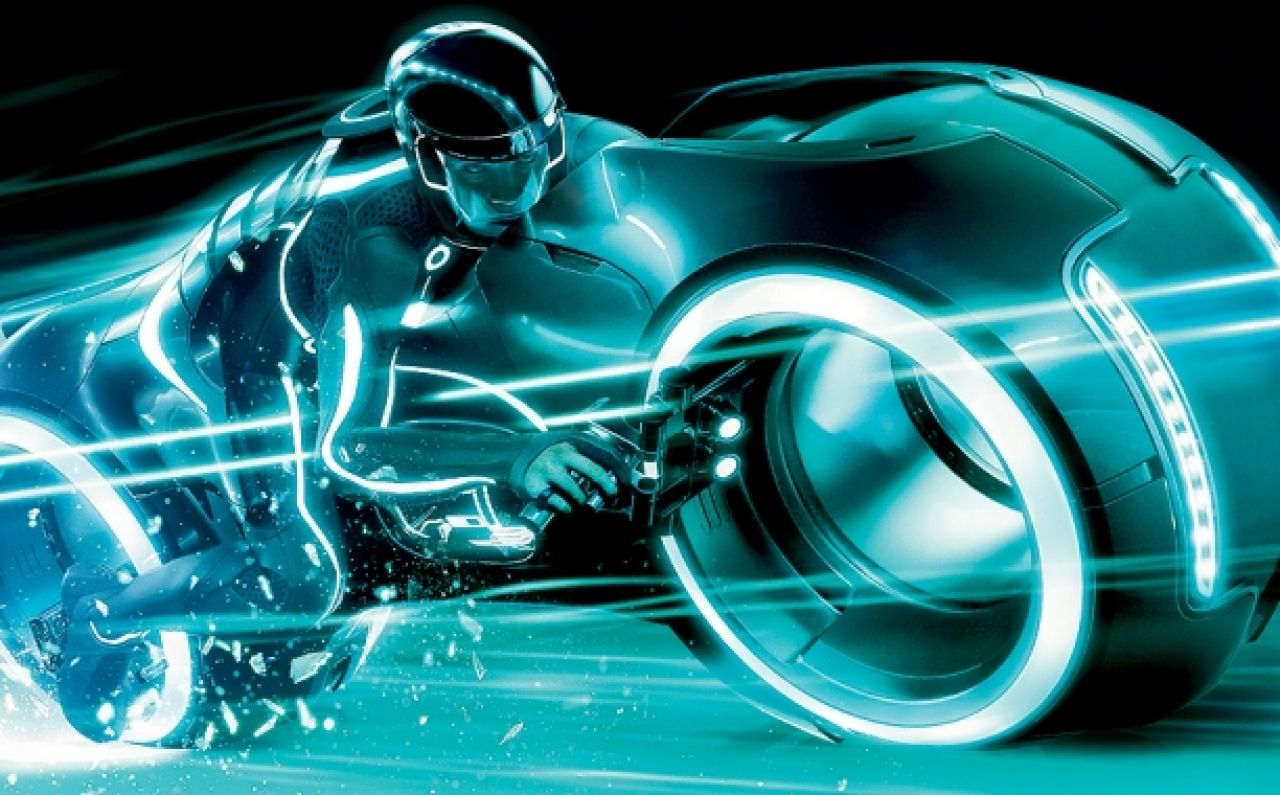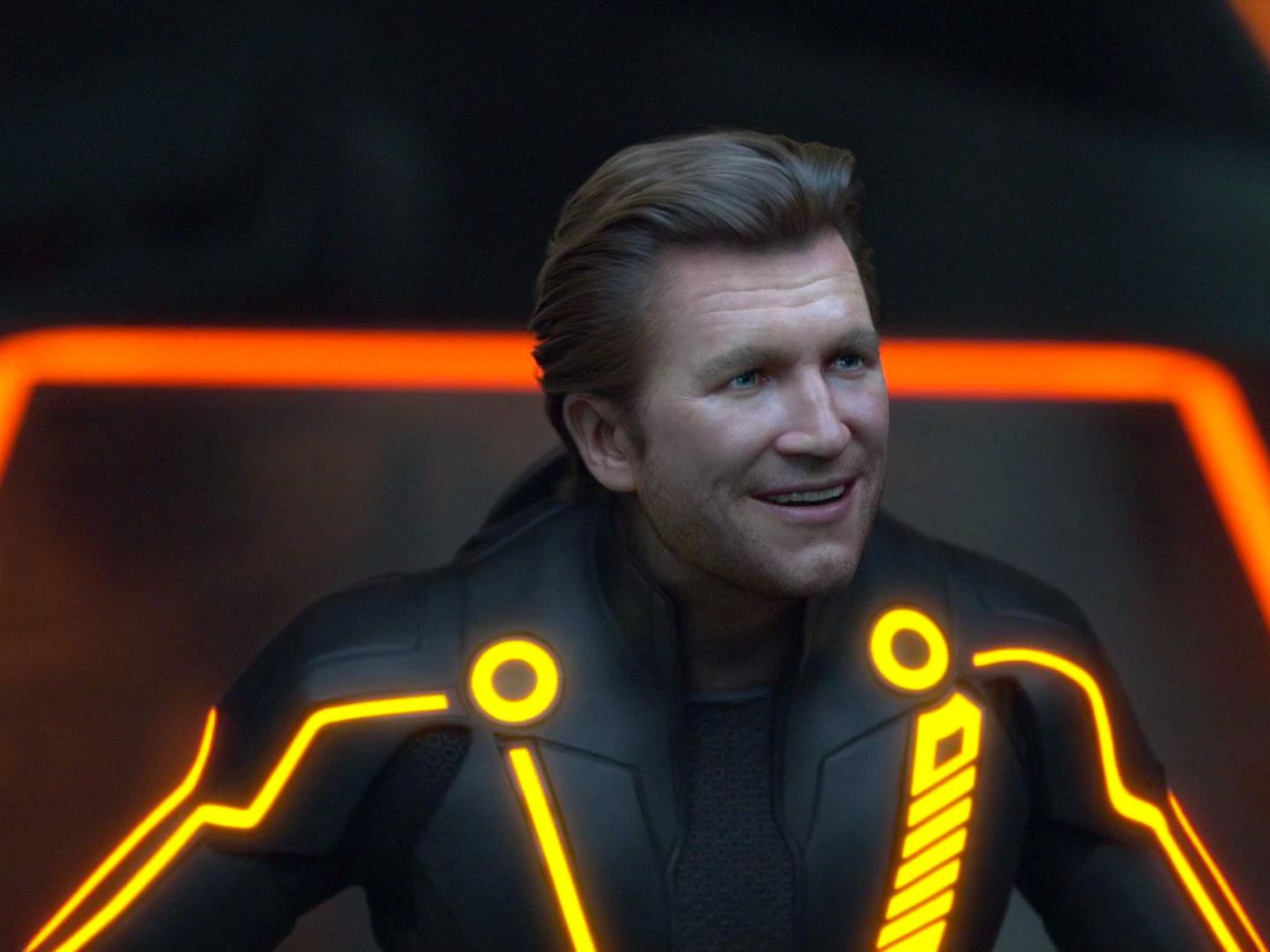TRON: LEGACY. A visual and musical science fiction feast without a plot

The first “Tron” from 1982 became a cult film in many circles. However, it quickly faded into obscurity, mainly due to visual effects that inevitably aged the film. Nearly 30 years ago, electronics and computers were relatively new phenomena, which sparked an interest in new technology and a desire to visualize the cyber-universe of a computer machine. Today, however, technology doesn’t evoke as much curiosity or raise as many questions. We’ve accepted it as standard and no longer subject films to fantasies about how computers work or visualize the electronic world. This was the first challenge for “Tron: Legacy” and for debut director Joseph Kosinski: how to convince and engage an audience from a modern world of PlayStation, iPhones, and Instagram. How do you draw them into a world of electronic totalitarianism and gladiator-like battles between computer programs inside “The Grid”? Is dressing up an old story in new clothes enough, or is a bit more narrative effort required?
We experience the new story from the perspective of Sam (Garrett Hedlund), the son of Kevin Flynn (Jeff Bridges), the creator of the cyber world called “The Grid.” Kevin disappeared over 20 years ago after a duel with the Master Control Program, which we saw in the first film. Sam is a rebellious programmer, burdened by his father’s legacy, and stays far away from the CEO’s chair at Encom, the company founded by his father. At the same time, he’s increasingly intrigued by his father’s disappearance, and in searching for him, he ends up in the cyber world of games, where he must fight for everything to uncover the story of his legacy.

As expected, the plot is almost nonexistent. The script is merely an excuse for visual spectacle, which is the true treasure of the film. The story doesn’t engage or emotionally involve the viewer. The conflict centers on the real Kevin Flynn, trapped in the cyber world, and his program version, Clu 2.0, who has turned to the dark side. On the romance front, Sam has a latex-clad “warrior” program, Quorra. The antagonists include Clu 2.0 and the stylish Zuse (Michael Sheen), along with hordes of “warrior” programs. The classic father-son theme, barely touched upon and underdeveloped like the rest of the script, is another missed opportunity. The background is lacking, the characters are barely sketched, and we follow their fates more by name than through fully fleshed-out personalities. It’s unfortunate that films of this kind are often treated merely as visual feasts. Few directors attempt to construct valuable films that are also classic blockbusters. We need more directors like Christopher Nolan and films like “Inception”.
The special effects and soundtrack are the film’s highlights. The first 20 minutes are shown in 2D, but the creators ask you to wear 3D glasses from the beginning, effectively making you feel like an idiot in glasses. When Sam is “pulled in” at Flynn’s Arcade, the image is supposed to switch to 3D, but many viewers were left fumbling with their glasses, trying to find the supposed dimension change. While some effects are present, they are quite blurry. The 3D is just a cheap marketing gimmick, as there is very little depth of field or third dimension. It’s a wasted opportunity for another good live-action 3D film. Instead, the creators focused on special effects. The new light-laser world is truly mesmerizing. The disk battle and motorbike duel are true action masterpieces. One fight, set to the soundtrack’s most famous track, “Derezzed,” is the only reason to watch the film again—just for that scene. “Derezz” is short for “deresolution,” meaning “eliminated” in the computer world. There’s no blood or flying limbs; programs are “interrupted” in an interesting way—disintegrating into tiny cubic pieces, effectively losing their 3D resolution. This scene is brilliantly illustrated by both the graphics and the music.

The soundtrack is another gem of the film. Though it received mixed reviews, it’s undeniably a perfect musical match for the film’s unique style. Daft Punk, known for their love of cinema, were inspired by the original “Tron” when creating their own music. Thus, they were the perfect choice for this film’s score. Some fans were expecting a new Daft Punk album and were disappointed. However, what the duo delivered is a classic film soundtrack, with an electronic symphonic orchestra. Many well-known motifs from other great films served as their inspiration, and they translated these into their own electronic sound language, perfectly matching the style. The short, atmospheric pieces, an excellent overture at the start, and a few rhythmic background fillers combine to make a brilliant soundtrack, one of the best of 2010.
In terms of style, the “Tron: Legacy” closely resembles the original. It feels like the creators decided to stick with the definition of the 1982 film and simply update it visually. The same long laser lines shape “The Grid,” and the familiar electronic lights, light disks, and suits are all here, but in version 2.0. Even the storytelling style is similar—short, underdeveloped suspense, and no real climax. Most dramatic scenes end almost immediately, without proper development. This is the main reason for the lack of empathy towards the bland characters—any tension-building moments are squandered, in line with the original’s style (or perhaps due to the lack of directing skills of the debutant). Still, there are some elements that differ from the original. One issue was what to do with Jeff Bridges’ characters, as he appears here in three forms: young Kevin Flynn from 20 years earlier in the real world, today’s Kevin Flynn trapped in the cyber world, and Clu, the 2.0 version—a program created by Kevin himself.

Instead of rejuvenating Bridges with makeup, the filmmakers used CGI. His younger version and Clu 2.0 are entirely computer-generated. However, this doesn’t work for me. While the skin texture and movements are somewhat convincing, the facial expressions fall short. The same technology used in “The Curious Case of Benjamin Button” is applied here, but I wasn’t a fan of it there either. No film has managed to make this technique entirely believable (except perhaps “Avatar”). In exchange, there are other nice touches, mostly for fans of the first film. For example, Sam Flynn lives in a container labeled “Dumont Shipping”—a nod to the program Dumont, the guardian of the I/O tower in the original “Tron”, responsible for transport to and from the outside world. In the early scenes with the father and young Sam, his room is full of posters, figurines, and electronics that reference the original film—a wink to fans of the “Tron” world.
In summary, “Tron: Legacy” is a two-hour visual and musical feast. Will it satisfy critics? Certainly not. Will it meet the expectations of loyal fans? As usual, yes. For the general audience, the film will likely sit alongside other popcorn flicks—visually stunning on Blu-ray but not particularly engaging for the mind.

